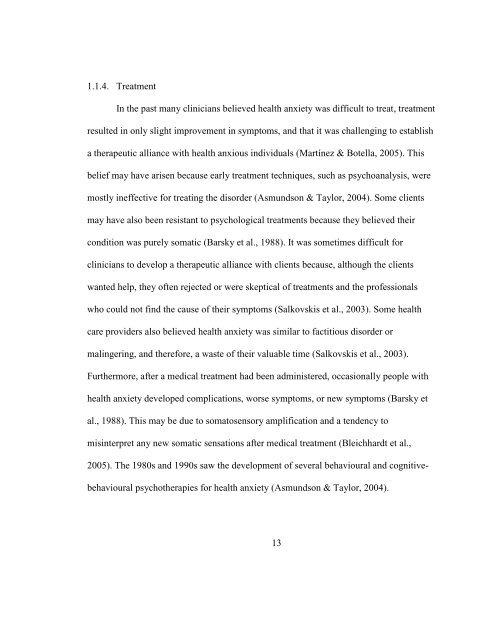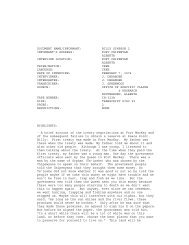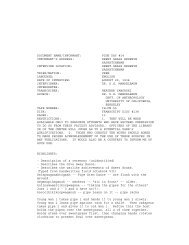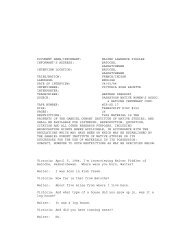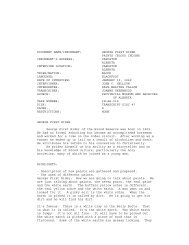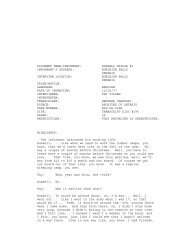Contents of It's not All in Your Head by Asmundson and Taylor
Contents of It's not All in Your Head by Asmundson and Taylor
Contents of It's not All in Your Head by Asmundson and Taylor
Create successful ePaper yourself
Turn your PDF publications into a flip-book with our unique Google optimized e-Paper software.
1.1.4. Treatment<br />
In the past many cl<strong>in</strong>icians believed health anxiety was difficult to treat, treatment<br />
resulted <strong>in</strong> only slight improvement <strong>in</strong> symptoms, <strong>and</strong> that it was challeng<strong>in</strong>g to establish<br />
a therapeutic alliance with health anxious <strong>in</strong>dividuals (Martínez & Botella, 2005). This<br />
belief may have arisen because early treatment techniques, such as psychoanalysis, were<br />
mostly <strong>in</strong>effective for treat<strong>in</strong>g the disorder (<strong>Asmundson</strong> & <strong>Taylor</strong>, 2004). Some clients<br />
may have also been resistant to psychological treatments because they believed their<br />
condition was purely somatic (Barsky et al., 1988). It was sometimes difficult for<br />
cl<strong>in</strong>icians to develop a therapeutic alliance with clients because, although the clients<br />
wanted help, they <strong>of</strong>ten rejected or were skeptical <strong>of</strong> treatments <strong>and</strong> the pr<strong>of</strong>essionals<br />
who could <strong>not</strong> f<strong>in</strong>d the cause <strong>of</strong> their symptoms (Salkovskis et al., 2003). Some health<br />
care providers also believed health anxiety was similar to factitious disorder or<br />
mal<strong>in</strong>ger<strong>in</strong>g, <strong>and</strong> therefore, a waste <strong>of</strong> their valuable time (Salkovskis et al., 2003).<br />
Furthermore, after a medical treatment had been adm<strong>in</strong>istered, occasionally people with<br />
health anxiety developed complications, worse symptoms, or new symptoms (Barsky et<br />
al., 1988). This may be due to somatosensory amplification <strong>and</strong> a tendency to<br />
mis<strong>in</strong>terpret any new somatic sensations after medical treatment (Bleichhardt et al.,<br />
2005). The 1980s <strong>and</strong> 1990s saw the development <strong>of</strong> several behavioural <strong>and</strong> cognitive-<br />
behavioural psychotherapies for health anxiety (<strong>Asmundson</strong> & <strong>Taylor</strong>, 2004).<br />
13


